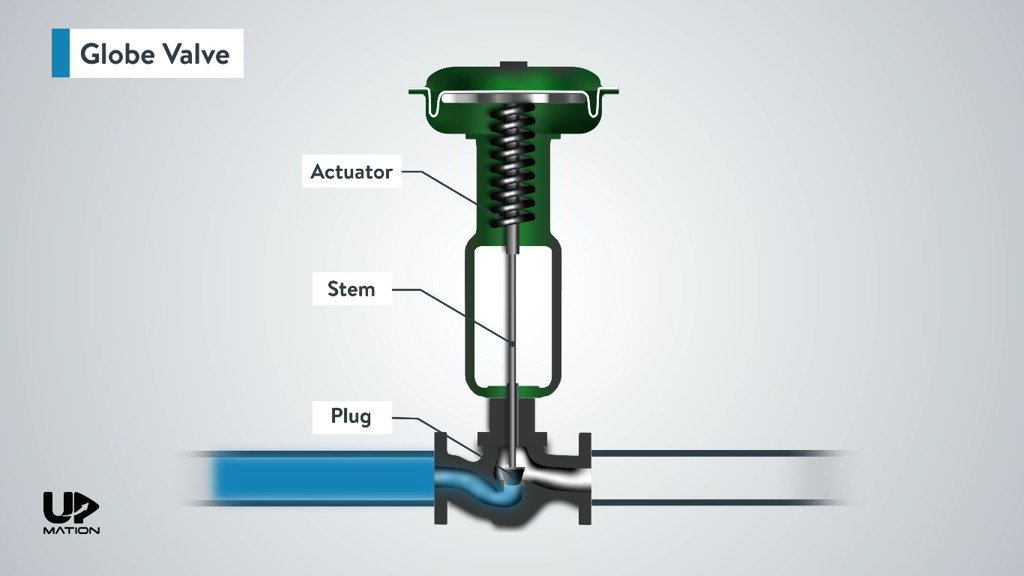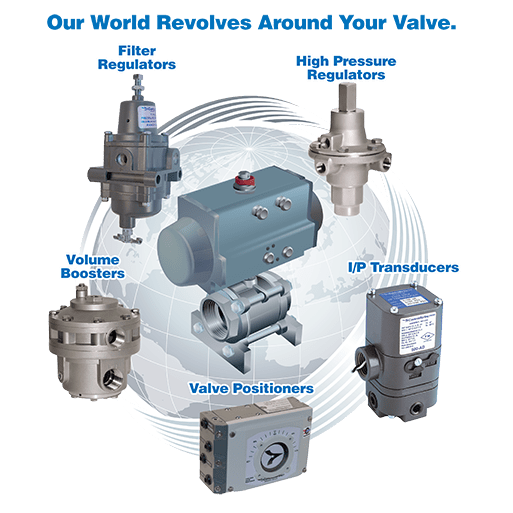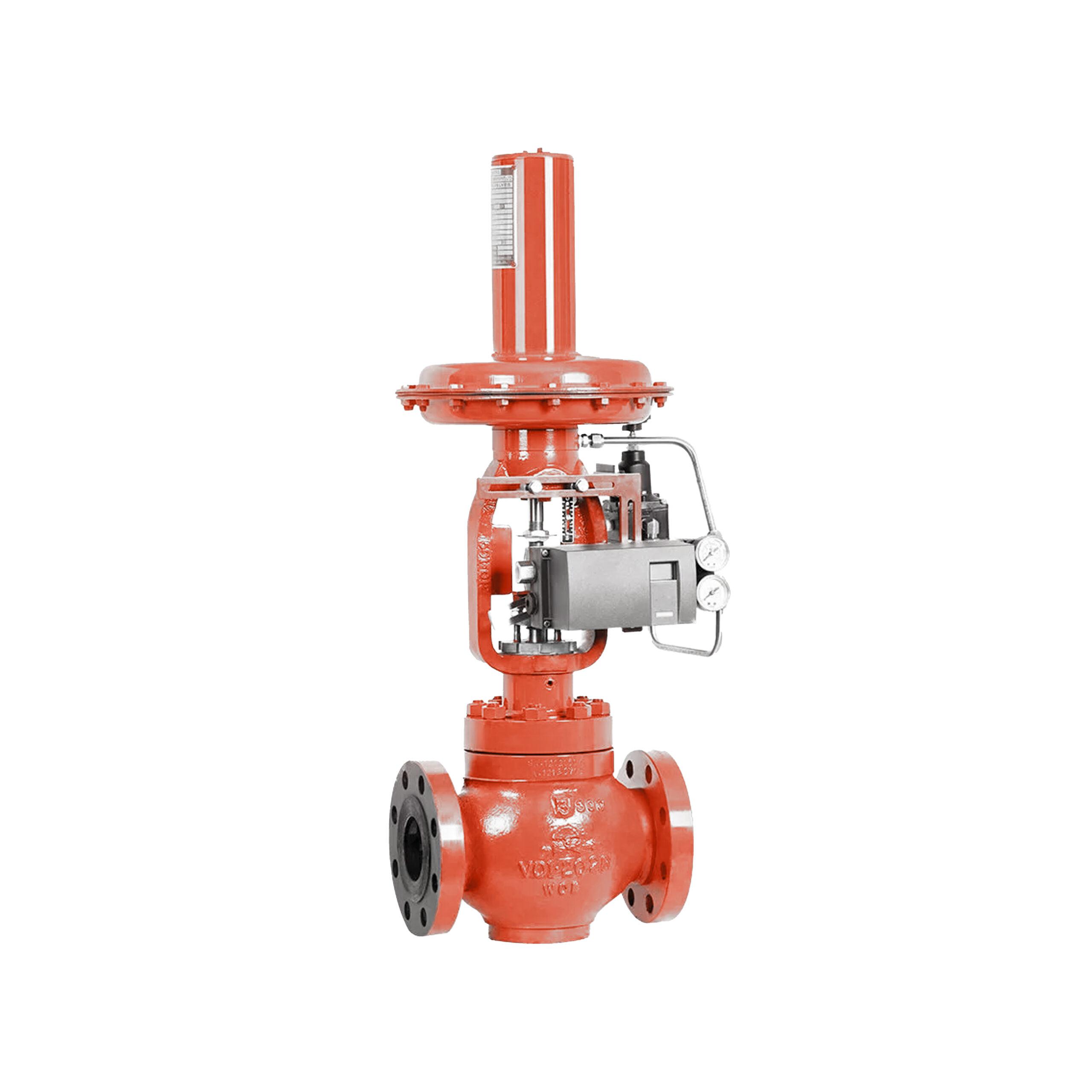Choosing the Right Control Valves: An Overview to Optimum System Performance
Choosing the Right Control Valves: An Overview to Optimum System Performance
Blog Article

Maximize Energy Cost Savings and Convenience With Advanced Structure Automation Controls
In the world of modern-day architecture and facility monitoring, the integration of innovative structure automation manages stands as a critical improvement. By taking advantage of the power of automation, structures can adjust, respond, and evolve in means that were when unimaginable.
Power Performance Benefits
Power effectiveness benefits can substantially lower energy intake and operational costs in buildings. Energy-efficient systems, such as sophisticated building automation controls, can optimize the use of sources like heating, air conditioning, and lighting, leading to lower power expenses over time.
In addition, enhanced energy effectiveness can lengthen the life-span of building devices and systems. By running much more efficiently, cooling and heating systems, lighting fixture, and other structure parts experience much less damage, causing decreased upkeep and replacement costs. Furthermore, energy-efficient structures commonly regulate higher residential property worths and rental rates, supplying lasting monetary advantages to proprietors.
Additionally, power effectiveness can boost owner comfort and performance. Appropriately controlled indoor settings with optimum lights and thermal conditions produce an even more pleasant and favorable work area, bring about improved worker fulfillment and efficiency. Overall, the energy effectiveness benefits linked with innovative building automation controls are multifaceted, incorporating expense savings, ecological stewardship, and resident health.
Enhanced Comfort Control
Enhancing comfort control in structure settings calls for a sophisticated assimilation of advanced automation systems for optimal owner health. By making use of sophisticated building automation controls, facilities can customize the interior environment to fulfill the particular requirements and choices of passengers. control valves.
By including these advanced controls, buildings can not only improve comfort yet also enhance power efficiency by optimizing system procedures based on real tenancy and use patterns. Eventually, focusing on passenger comfort through advanced automation systems leads to a more pleasurable and healthier indoor setting.
Functional Efficiency Improvements

Moreover, the application of real-time tracking and analytics tools makes it possible for building drivers to identify energy ineffectiveness and operational anomalies without delay. By continuously keeping track of power usage patterns and system efficiency metrics, changes can be made in real-time to optimize power usage and make certain peak operational effectiveness. control valves. Additionally, integrating demand response approaches into structure automation controls can even more enhance functional effectiveness by dynamically adjusting energy usage based upon that site grid conditions and pricing signals
Indoor Environment Optimization
Reliable interior environment optimization is an essential facet of building automation controls, making sure residents' comfort and health while taking full advantage of energy savings. By utilizing advanced sensors and controls, constructing automation systems can continually keep an eye on and change temperature level, moisture levels, air top quality, and ventilation to produce an optimal interior environment. Maintaining constant and comfortable conditions not only boosts resident fulfillment however additionally enhances efficiency and total well-being.
Interior environment optimization additionally plays an important duty in power efficiency. By fine-tuning home heating, ventilation, and cooling systems based on real-time data and occupancy patterns, building automation controls can substantially minimize energy consumption - control valves. Implementing techniques such as demand-controlled ventilation and thermal zoning can aid lessen energy waste while making visit this page certain that each location of the structure receives the necessary conditioning.

Sustainable Atmosphere Creation
Building automation regulates not only enhance interior environment conditions for energy performance and resident comfort yet also lay the foundation for developing a lasting environment with calculated monitoring of systems and resources. By incorporating sophisticated structure automation modern technologies, such as sensors, actuators, and smart software application, centers can change and check energy use in real-time to decrease waste and minimize their carbon impact. These systems allow predictive maintenance, identifying possible concerns prior to they intensify and maximizing equipment performance to boost longevity and performance.
In addition, sustainable environment production prolongs past energy monitoring to incorporate water preservation, waste decrease, and indoor air top quality improvement. Building automation controls can control water usage, discover leaks, and ensure proper waste disposal techniques, adding to total sustainability initiatives. Furthermore, by managing and checking air flow and filtration systems, these modern technologies improve occupant wellness and efficiency while decreasing power intake connected with cooling and heating operations.
Final Thought
Finally, advanced building automation controls deal considerable benefits in regards to power cost savings, comfort control, functional performance, indoor climate optimization, and producing a sustainable setting. By carrying out these controls, structures can accomplish optimal performance while decreasing energy intake and enhancing resident comfort. It is apparent that making use of advanced automation modern technology is important in improving structure performance and creating a much more sustainable future.
Energy efficiency benefits can significantly decrease power intake and functional prices in structures. Generally, the energy efficiency benefits connected with innovative structure automation controls are complex, encompassing expense financial savings, environmental stewardship, and passenger well-being.
In addition, including need feedback approaches into structure automation controls can better enhance useful reference operational efficiency by dynamically adjusting energy usage based on grid problems and pricing signals.
Building automation controls not just maximize interior climate problems for power performance and owner comfort but likewise lay the foundation for producing a sustainable setting with tactical monitoring of systems and sources.In final thought, progressed building automation manages offer significant advantages in terms of energy savings, comfort control, operational effectiveness, interior climate optimization, and producing a sustainable environment.
Report this page